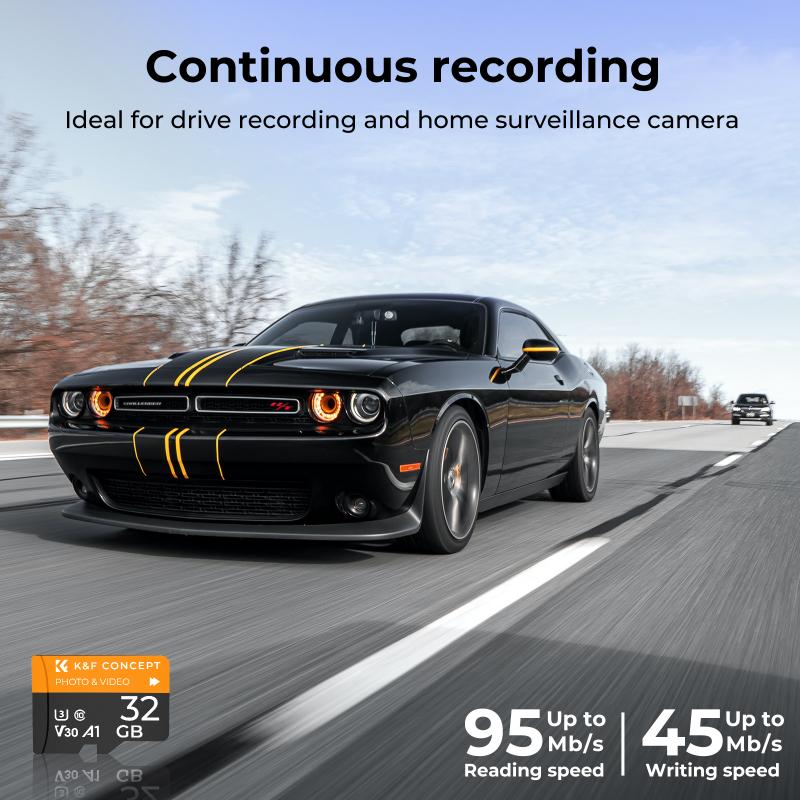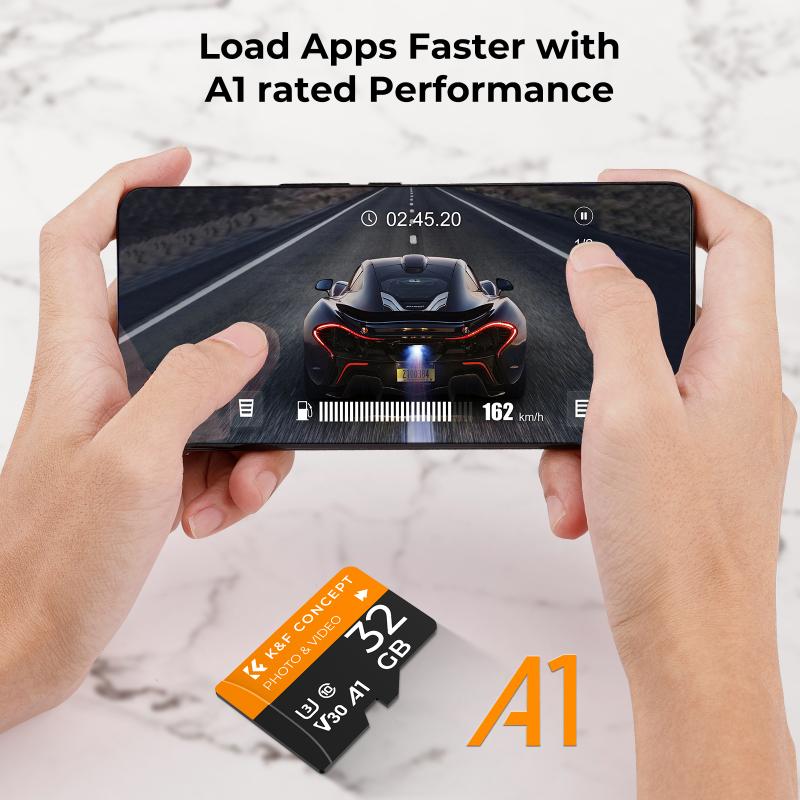How To Insert Sd Card In Laptop?
Inserting an SD card into a laptop is a common task that many users need to perform for various reasons, such as transferring photos, expanding storage, or accessing files. Despite its simplicity, the process can sometimes be confusing, especially for those who are not tech-savvy or are using a laptop for the first time. This article aims to provide a comprehensive guide on how to insert an SD card into a laptop, addressing common issues and offering practical solutions.
Understanding SD Cards and Laptop Compatibility

Before diving into the steps, it's essential to understand the types of SD cards and their compatibility with laptops. SD cards come in different sizes: standard SD, miniSD, and microSD. Most laptops are equipped with a standard SD card slot, but if you have a miniSD or microSD card, you will need an adapter to fit it into the standard slot.
Step-by-Step Guide to Inserting an SD Card

Step 1: Locate the SD Card Slot

The first step is to locate the SD card slot on your laptop. The position of the slot can vary depending on the laptop model. Common locations include:
- The side of the laptop (left or right)
- The front edge of the laptop
- Under a protective flap or cover
If you are unsure where the slot is, refer to your laptop's user manual or look for a small rectangular slot that matches the size of an SD card.
Step 2: Prepare the SD Card

Before inserting the SD card, ensure it is clean and free of dust or debris. If you are using a microSD or miniSD card, place it into the appropriate adapter. The adapter should have a label indicating the correct orientation for inserting the smaller card.
Step 3: Insert the SD Card
Hold the SD card with the label facing up and the gold contacts facing down. Gently push the card into the slot until you feel a slight click or resistance. Do not force the card, as this can damage both the card and the slot. If the card does not go in smoothly, double-check the orientation and try again.
Step 4: Verify the Connection
Once the SD card is inserted, your laptop should recognize it automatically. A notification may appear on the screen, indicating that a new storage device has been detected. You can also verify the connection by opening the file explorer and looking for the SD card under "This PC" or "My Computer."
Troubleshooting Common Issues
Despite following the steps, you may encounter some issues when inserting an SD card into your laptop. Here are some common problems and their solutions:
Issue 1: SD Card Not Recognized
If your laptop does not recognize the SD card, try the following solutions:
- Check the Card: Ensure the SD card is not damaged or corrupted. Test it on another device to confirm it is working correctly.
- Update Drivers: Outdated or missing drivers can prevent your laptop from recognizing the SD card. Update the drivers through the Device Manager or the laptop manufacturer's website.
- Clean the Slot: Dust or debris in the SD card slot can interfere with the connection. Use a can of compressed air to clean the slot gently.
Issue 2: SD Card Stuck in Slot
If the SD card gets stuck in the slot, do not force it out, as this can cause damage. Instead, try the following:
- Gently Wiggle the Card: Carefully wiggle the card back and forth to loosen it. Avoid using excessive force.
- Use Tweezers: If the card is partially visible, use a pair of tweezers to grip and pull it out gently.
- Seek Professional Help: If you cannot remove the card, take your laptop to a professional technician to avoid causing further damage.
Issue 3: Slow Transfer Speeds
If you experience slow transfer speeds when using the SD card, consider these tips:
- Check the Card's Speed Class: SD cards have different speed classes (e.g., Class 4, Class 10, UHS-I). Ensure you are using a card with a suitable speed class for your needs.
- Use a High-Quality Adapter: If you are using an adapter, ensure it is of good quality, as a poor adapter can slow down transfer speeds.
- Close Background Applications: Running multiple applications can slow down your laptop's performance. Close unnecessary programs to improve transfer speeds.
Best Practices for Using SD Cards
To ensure the longevity and optimal performance of your SD card, follow these best practices:
- Safely Eject the Card: Always use the "Safely Remove Hardware" option before removing the SD card from your laptop. This prevents data corruption and ensures all files are properly saved.
- Avoid Physical Damage: Handle the SD card with care to avoid bending, scratching, or exposing it to extreme temperatures.
- Regularly Back Up Data: Regularly back up the data on your SD card to prevent data loss in case of card failure or corruption.
- Format the Card Periodically: Formatting the SD card periodically can help maintain its performance. Ensure you back up all data before formatting, as this process will erase all files on the card.
Inserting an SD card into a laptop is a straightforward process, but it requires attention to detail to avoid common issues. By following the steps outlined in this guide and adhering to best practices, you can ensure a smooth and efficient experience when using SD cards with your laptop. Whether you are transferring photos, expanding storage, or accessing important files, understanding how to properly insert and manage an SD card is a valuable skill for any laptop user.
